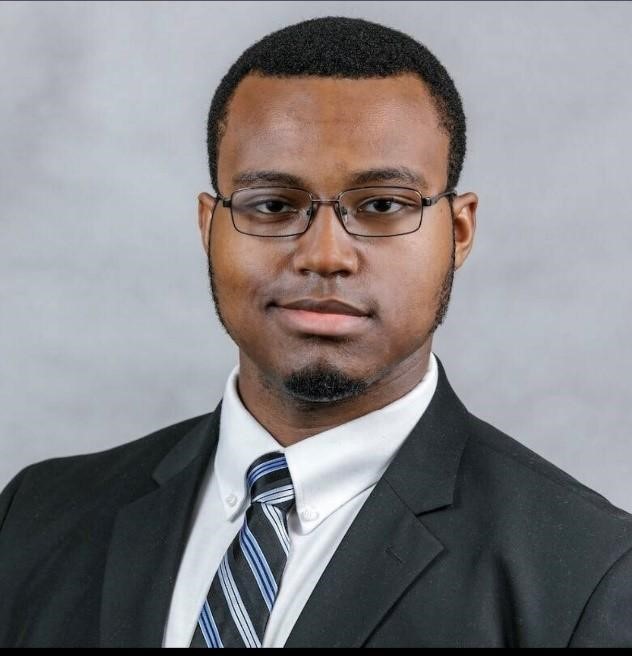Xavier University of Louisiana, also known as XULA, is one of 20 active NASA Minority University Research and Education Project (MUREP) Institutional Research Opportunity (MIRO) awardee universities across the United States. MIRO, a higher education activity managed through the Office of STEM Engagement at NASA’s Armstrong Flight Research Center in Edwards, California, awards select Minority Serving Institutions to promote research capacity, aerospace research, and diversity in Science, Technology, Engineering and Math, or STEM.
Recently, a graduate of Xavier University of Louisiana named Joshua Adkins penned a letter to future XULA students, sharing his unique story that led him to STEM education, and the MIRO center at XULA.
Joshua writes: “I entered XULA as a freshman in 2014, with the initial intent of majoring in Pre-Pharmaceutical Chemistry. You see, my mother died of cancer when I was 8, and my father from heart attack when I was 15, and these personal losses instilled within me a desire to approach my college education and budding professional career from the perspective of designing drugs that might prevent such losses in other individuals. However, I also understood that this intent came from a place of trauma, and that my true interest lay not in pharmacy or medicine, but in inorganic chemistry and materials science. Metals, ceramics, polymers, and composites form the basis of the most important technological advancements in human history, and I was fascinated by the possibility of deepening my understanding of their foundation from a chemistry context. With this fascination, I approached XULA’s Department of Chemistry seeking an opportunity to engage with materials science/chemistry, and was directed to Dr. Lamartine Meda, a talented materials inorganic chemist with a dedication to providing Black students with cutting edge research experience and training.
Dr. Meda’s research was funded by NASA’s MUREP Institutional Research Opportunities (MIRO) grant, and my own contributions involved the fabrication and study of transition metal oxide and sulfide electrodes with increased capacity and retention capabilities. I researched ways to allow your cellphone or car batteries to remain charged and provide energy for longer periods of time. In addition to conducting research at XULA, I also had the opportunity to work at research facilities across the country (Georgia Institute of Technology, NASA’s Glenn Research Center, etc.) and present my work at scientific conferences and expositions (American Chemical Society, Materials Research Society, etc.). I was generously compensated for my efforts with both tuition waivers and monthly stipends; college students are generally below the poverty line, so the financial compensation I received was a true blessing. However, perhaps the most fulfilling facet of participating in the NASA-MIRO research program was the community I became a part of in the process. At XULA, I met my Black contemporaries – future doctors, politicians, judges, pharmacists, authors, historians, and, with NASA-MIRO, the scientists and engineers whose efforts may have long-lasting impacts on the world around us. Knowing that I come from – and remain – a legacy of the efforts of such talented individuals has shaped my personal and professional image in a fundamental way, and for this I am always grateful.”
Through the application of his education and research opportunities, Joshua graduated in 2018 and pursued his goal of continuing his academic journey. Upon being accepted by respected universities, Joshua chose to further his career at the University of Illinois at Chicago, UIC. Joshua attributes much of his success to the nurturing atmosphere produced by those he interacted with while attending Xavier University of Louisiana.
Under the MIRO award, Xavier University of Louisiana, a Historically Black Colleges and University (HBCU)-accredited institution of higher learning, established the Solid High Energy Lithium Batteries (SHELiB) Center, in collaboration with NASA’s Glenn Research Center in Cleveland. The SHELiB center was recently changed to the Materials and
Interfaces Center for High Energy Storage and Sensing (MICHESS) center, under an additional 2-year MIRO award.
The center is heavily focused on workforce development by preparing minority students for exciting careers in sustainable energy technologies. Through collaboration with Xavier University of Louisiana, the MIRO activity has developed a haven for the development of student success and a gateway to growth in a cultivating environment.




























